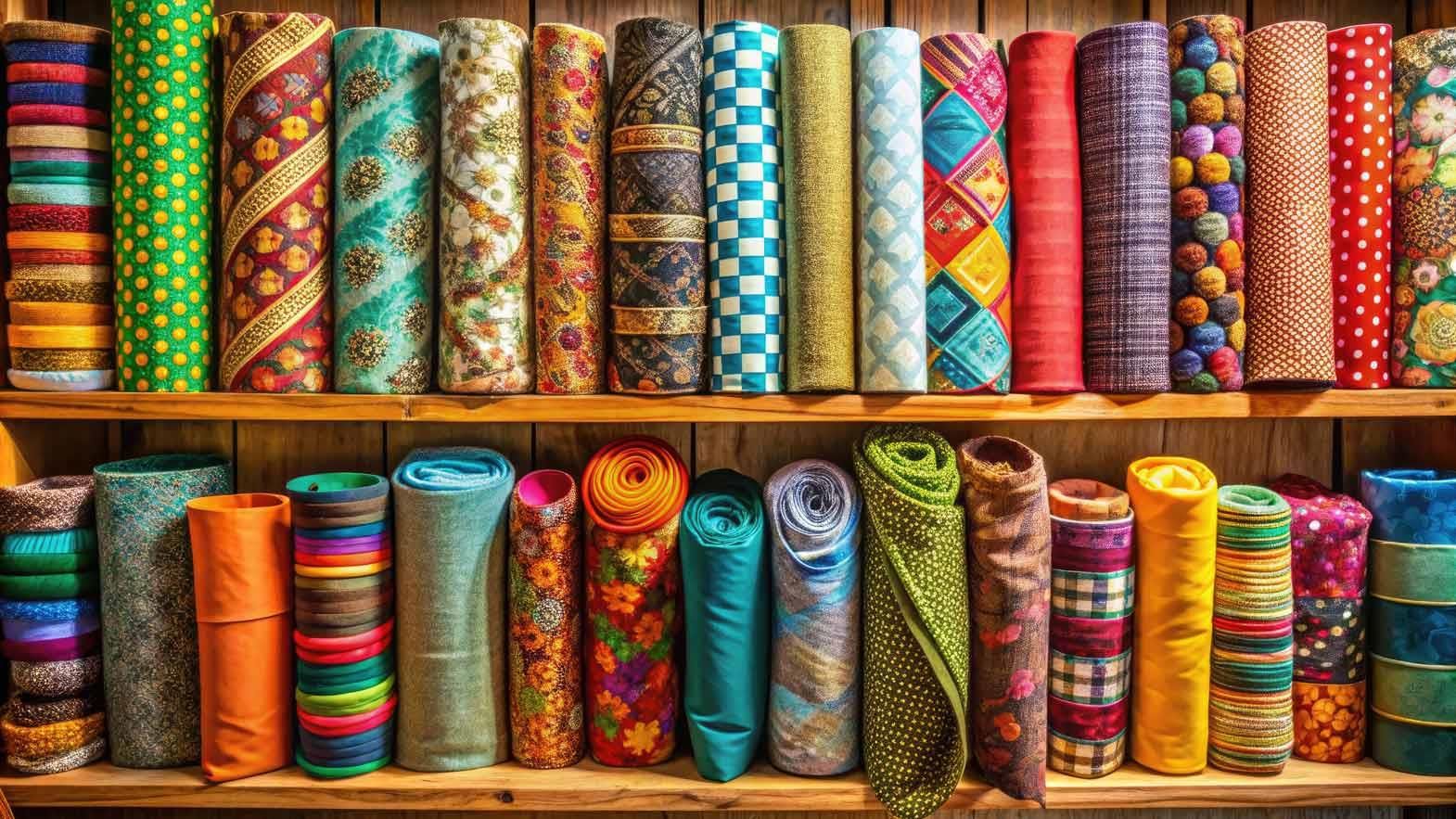Infact, Latin America emerged as the world's star regional performer in 2012,with apparel sales value growing by 16% according to Euro monitor International.While the region's US$152bn apparel market remains less than a third the size of the Asia Pacific market, its growth has outshone that of the latter,highlighting the huge amount of potential which remains.
Inflationary Trends Paint a Mixed Picture
Inflation in Brazil is moderate, but the country's main worry is its consumer credit
bubble. Unlike China, Brazil's economic growth has been propelled forward by consumption as opposed to investment. Accessibility to credit has been a major driver of expenditure growth. As a consequence, any reining-in of expenditure by debt-laden consumers is likely to have a major impact on growth.
Protectionism is No Deterrent
Traditionally,a highly protectionist environment has given local players a strong foothold inthe apparel market rankings in Latin America. In Mexico, where elevated tariffs have been placed on Chinese apparel imports to safeguard domestic manufacturers, four of the top five apparel brands are home-grown.
However,it is clear that import duties will not deter international entrants. In 2012,H&M chose Chile to make its first foray into the southern hemisphere, and its debut was met with over 2,500 consumers queuing for over 12 hours for its opening. Mexico also witnessed the arrival of several multinational companies in 2012, including H&M, Gap and Forever 21. Fast fashion retailer Inditex,which entered the region way before its contemporaries, sources a large proportion of its products closer to its home market of Spain, hence reducing the effect of the Chinese tariff. In Brazil, the company has navigated sky-high import taxes by moving production onshore. Other mass-market brands have found success in re calibrating their positioning to justify the elevated retail prices.
|
LATIN AMERICA: TOP FIVE APPAREL MARKETS 2012 |
|||
|
Market Size, US$ billion |
% Growth 2011/2012 |
Sales Per Capita, US$ |
|
|
Brazil |
57.7 |
9.8 |
297.7 |
|
Argentina |
26.3 |
31.8 |
638.6 |
|
Mexico |
24.6 |
8.8 |
220.8 |
|
Venezuela |
11.5 |
35.9 |
385 |
|
Colombia |
7 |
6.3 |
148.1 |
Sportswear will be New Focus
Sportswear outperformed the overall apparel market in 2012 in Latin America, a trend which is expected to continue over the next five years. High-profile sporting events such as the 2014 FIFA World Cup, followed by the 2016 Olympic Games, will certainly playa defining role in the performance of sportswear in the region. While the effects of these events will be substantial, they will be short term, urged on by the media furore surrounding the events. Instead, the long-term growth of sportswear has been aided by increased health consciousness and attention to personal appearance across the board, and the growing popularity of independent activities such as running and cycling.
Latin America Strengthens its Strategic Importance
Moving forward, Euromonitor International predicts that the Latin American apparel market will expand by a further US$35.1bn over 2012-2017, making it the second most dynamic region in absolute growth terms after Asia Pacific. Having already overtaken France, Brazil will overtake Italy by 2017 in terms of apparel value sales. A strong performance is also expected from Mexico, which will be the fifth biggest contributor to absolute growth over 2012-2017 after the BRICs. While protectionist stances and complex macroeconomic conditions have somewhat tainted its sheen, the region's booming middle-class, young population and fashion-rich culture make the challenges worth confronting.
This article was originally published in the Stitch Times magazine, June, 2013 issue.








Comments